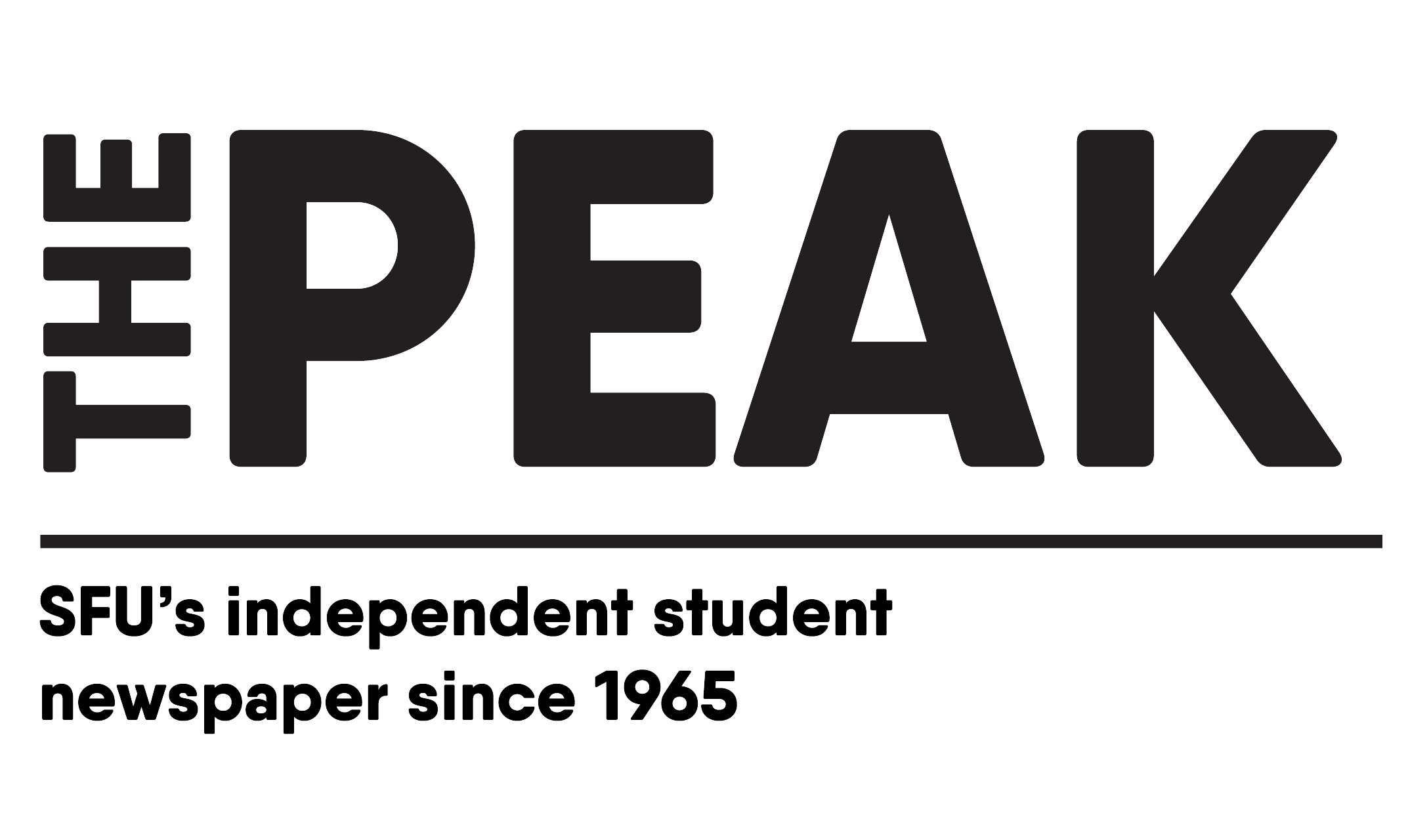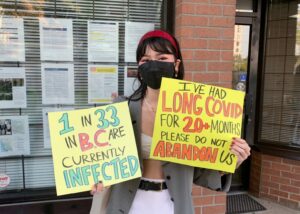By: Mason Mattu, News Writer
In 2019, I watched Green Party leader Elizabeth May stand her ground in the Federal Leaders Debate and thought to myself, “Wow, she is on fire.” This feeling has since dissipated. It’s clear the current Green Party is no longer a viable federal option and needs to completely reform their identity, leadership, and organization. If they want to stop being a failure of a political party, it is time for some changes.
The Green Party of Canada was once a champion of local activism and politics, encouraging grassroots candidates to make their mark in their respective federal ridings. When May declared her retirement just after the 2019 federal election, we began to see the decline of the Green Party as we know it. Once a party with spirit and impassioned environmentalism, the Greens have faced an identity crisis ever since. Under new leadership in the 2021 federal election, the Green Party received a miniscule 2.3% of the federal vote. This election result was so painful that May had to come out of leadership retirement to try and save them.
Even with an experienced leader, the Green party faces immense challenges with their party’s identity. Environmentalism, a topic once neglected by Canada’s big three political parties, is now recognized by the NDP and Liberal parties. Though they haven’t prioritized the environment at a level sufficient enough to actually save it, Canadians are no longer under the impression that climate issues deserve a party of their own.
Although climate is an important issue, let’s face it. Canadians are struggling to put food on the table right now and pay for their bare bone essentials.
Let’s face it. Canadians are struggling to put food on the table and pay for bare bone essentials. They care about policies such as healthcare reformation, a way to lower the cost of living, and to create an equitable future for their children. The Green Party of Canada follows Green politics, a concept which approaches policy through “sustainability, non-violence, social justice, respect for diversity, ecological wisdom, and participatory democracy.” Are Canadians hearing anything other than climate, though? In the last provincial election, the BC Green party led by political superstar Sonia Furstenau proposed policies such as free transit, approaches to foster walkable/liveable cities, and more support for people experiencing mental health hardships. The best thing about this? These policies were detailed with a transparent budget and actually achievable.
It is time for a new vision for the federal Green party that looks to take the NDP’s shortcomings and create a bold, progressive outlook for Canadians. This will include creating an actual costed platform that is backed by economists, something that the Green Party lacked in the last federal election.
Part of this reformation of identity will have to come from the top — a new, bold sense of leadership. Returning Green co-leader and former human rights investigator Jonathan Pedneault is a visionary voice for the party who could bring a new generation of Greens onto the ballot in the looming spring election. Pedneault should take over leadership immediately if the Green’s wish to stand any chance in the next election, however, the rest of the party must re-organize too. As of July 2024, they had yet to shift away from an online-based approach to organizing membership and advocacy efforts. They’ve got to go in person, they have to organize, and they have to actually show up in the ridings that they want to win.
A new leader could encourage those willing to stand up and join the Green party as candidates. For BC, the party has only confirmed only four candidates to run in the next election, as of writing this piece. This is likely a result of disengagement from Canadians, from both climate issues and politics, as well as a lack of organization from the party. If the Greens can complete the tasks that I have outlined, they might have a chance of surviving future federal elections. They can organize, they can show up, and although they still have a very low chance of winning new seats, they can make a mark. Until then, voters like myself will continue to ask: where the heck is the federal Green party?














